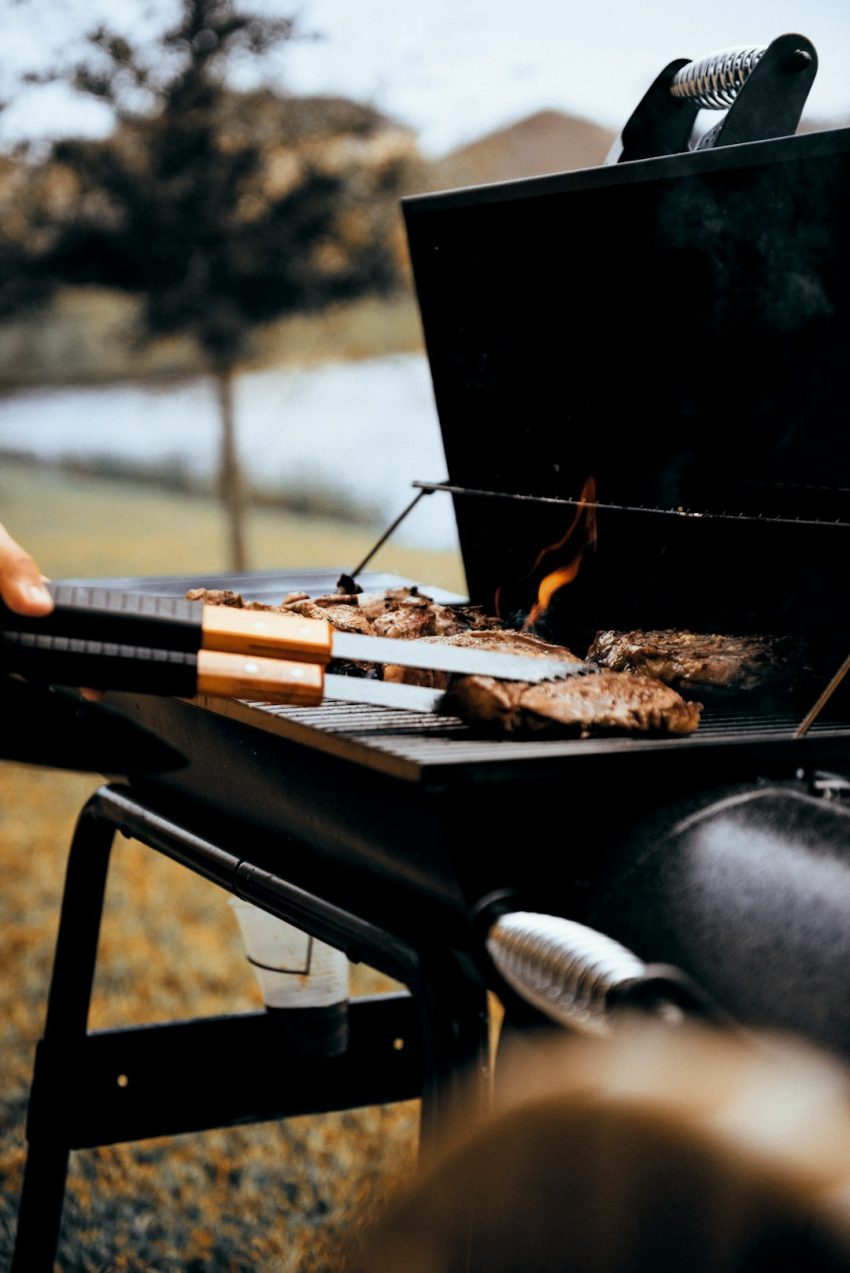Discover the art of slow-cooking for perfection in BBQ spare ribs. Use low temperatures and dry brining to enhance flavor and tenderness, achieving a melt-in-your-mouth texture. Craft the ideal sauce for a balanced sweet and tangy taste profile that coats and tenderizes the ribs. Master indirect heat cooking techniques below 250°F (121°C) to break down collagen, ensuring juicy interior and crispy exterior. Time your cook and let the ribs rest to redistribute juices for maximum flavor. Pair with classic sides like coleslaw and cornbread or bolder options for a satisfying BBQ experience.
Unleash your inner BBQ master with the ultimate guide to crafting succulent, tender ribs using the revered low-and-slow cooking method. This art transforms tough cuts, like spare ribs, into a delectable treat. From choosing the right rib cut and mastering dry brining to the delicate balance of BBQ sauce and understanding indirect heat, every step ensures exceptional flavor. Learn smoking techniques, timing tricks, and side pairings to create a BBQ spare ribs recipe that’s truly unforgettable.
- Understanding the Art of Low and Slow Cooking for Ribs
- Selecting the Right Cut: The Importance of Spare Ribs
- Dry Brining: Unlocking Flavor Potential
- Choosing the Perfect BBQ Sauce: A Sweet and Tangy Balance
- Mastery of Indirect Heat: The Secret to Tender Ribs
- Smoking Techniques: Adding Depth to Your BBQ Ribs
- Timing and Resting: Ensuring the Best Possible Results
- Pairing Suggestions: Sides to Compliment Your Succulent Ribs
Understanding the Art of Low and Slow Cooking for Ribs
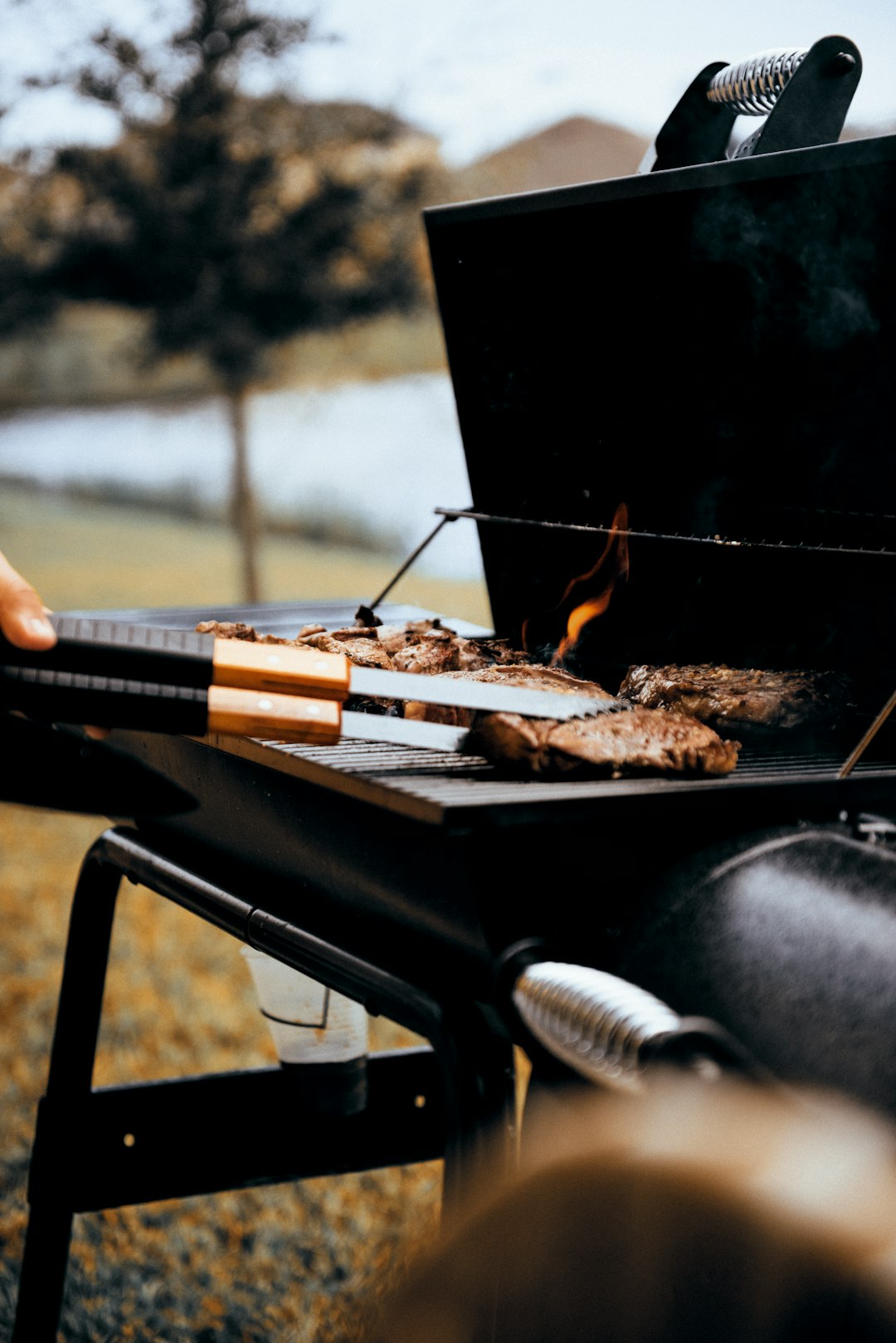
The art of low and slow cooking for BBQ spare ribs is a technique that transforms tough cuts of meat into tender, succulent delights. This method involves cooking the ribs at low temperatures for an extended period, allowing deep flavors to develop and the collagen in the meat to break down, resulting in incredibly tender ribs. It’s a patient process, but the payoff is worth it—delicious, melting-in-your-mouth ribs that are the hallmark of many classic BBQ joints.
Mastering this technique requires understanding that time is your ingredient here. Slow cooking lets you achieve a level of tenderness that rapid cooking methods can’t match. Whether you’re using a smoke-filled outdoor pit or a kitchen oven, maintaining a consistent low temperature is key to creating those mouthwatering, slow-cooked BBQ spare ribs that everyone loves.
Selecting the Right Cut: The Importance of Spare Ribs
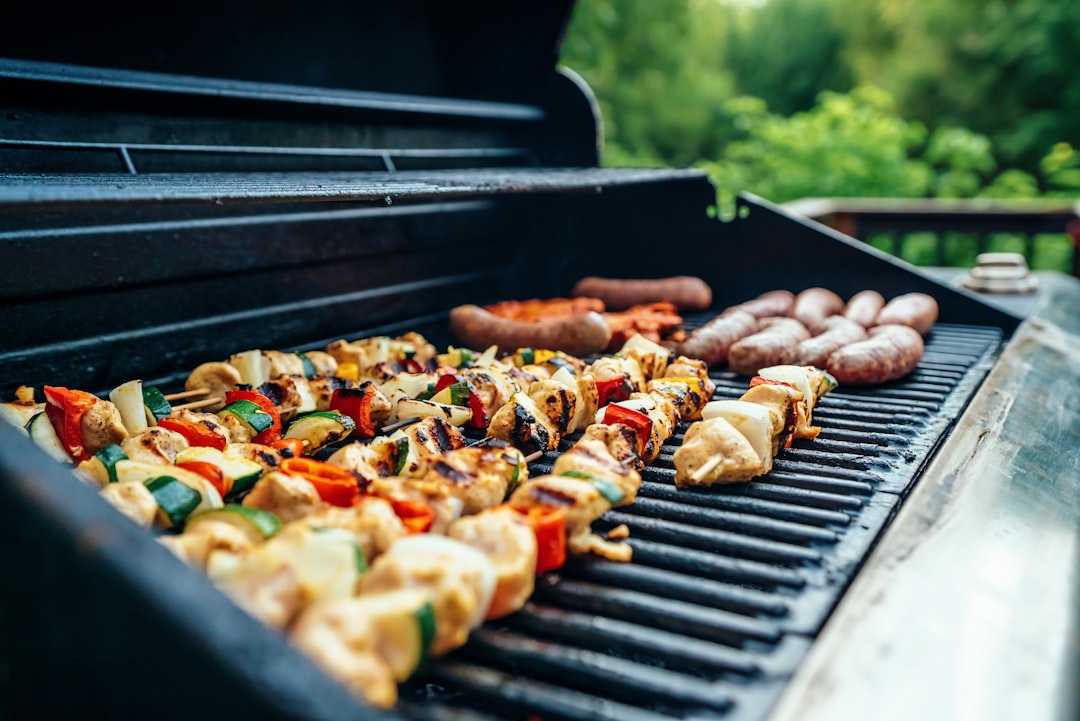
When it comes to low and slow BBQ, spare ribs are a true delicacy. Selecting the right cut is key; look for meaty, well-marbled ribs with minimal fat. This ensures even cooking and maximum flavor absorption during the lengthy cooking process. A good BBQ spare ribs recipe starts with choosing the perfect set of ribs – often described as ‘baby back’ or ‘spare rib’ cuts.
These cuts are known for their rich meat-to-bone ratio, offering a satisfying experience for any barbecue enthusiast. The slow cooking process allows the tough connective tissues to break down, resulting in incredibly tender and juicy ribs that simply fall off the bone. This meticulous selection step is crucial in achieving the ultimate BBQ spare ribs recipe.
Dry Brining: Unlocking Flavor Potential
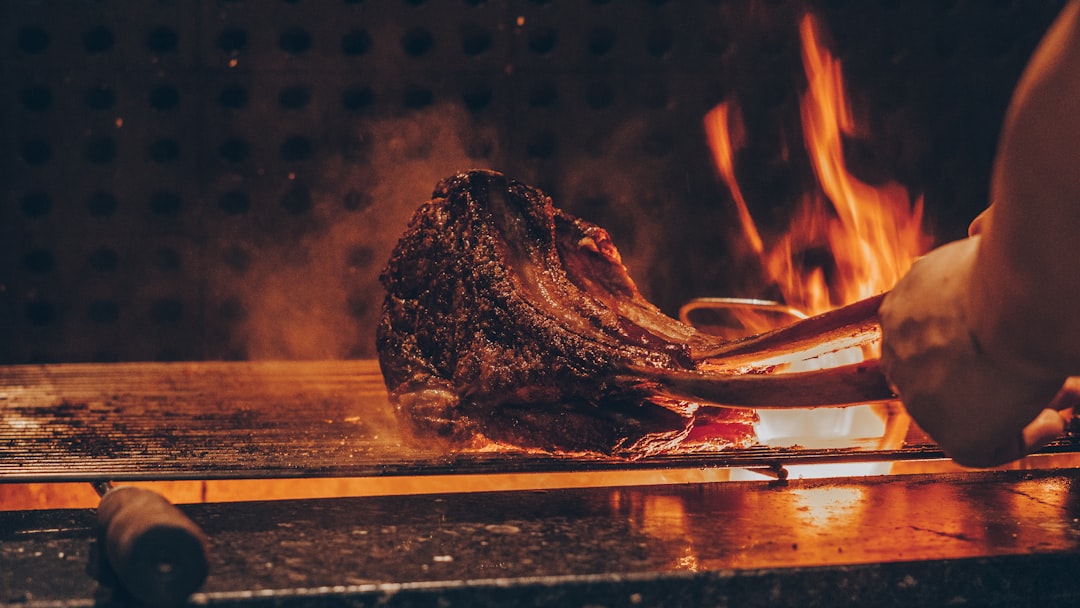
Dry brining is a simple yet powerful technique that significantly enhances the flavor of BBQ spare ribs in any recipe. By curing the ribs with salt, spices, and other aromatics before slow-cooking them low and slow, you unlock a depth of taste that’s hard to achieve otherwise. This process starts by rubbing a generous amount of coarse salt (a mix of kosher salt and sea salt works well) all over the ribs, making sure to coat both sides evenly. Let the ribs sit at room temperature for a few hours or even overnight; this allows the salt to draw out moisture from the meat, creating a space for flavorful compounds to penetrate.
During this dry brining period, the salt mixture not only seasons the ribs but also helps break down some of the connective tissues, making the final dish more tender. After brining, rinse off the excess salt and pat the ribs dry before placing them in your slow cooker or smoker. This step is crucial for achieving that perfect balance of salty, spicy, and savory flavors that make BBQ spare ribs such a beloved comfort food.
Choosing the Perfect BBQ Sauce: A Sweet and Tangy Balance
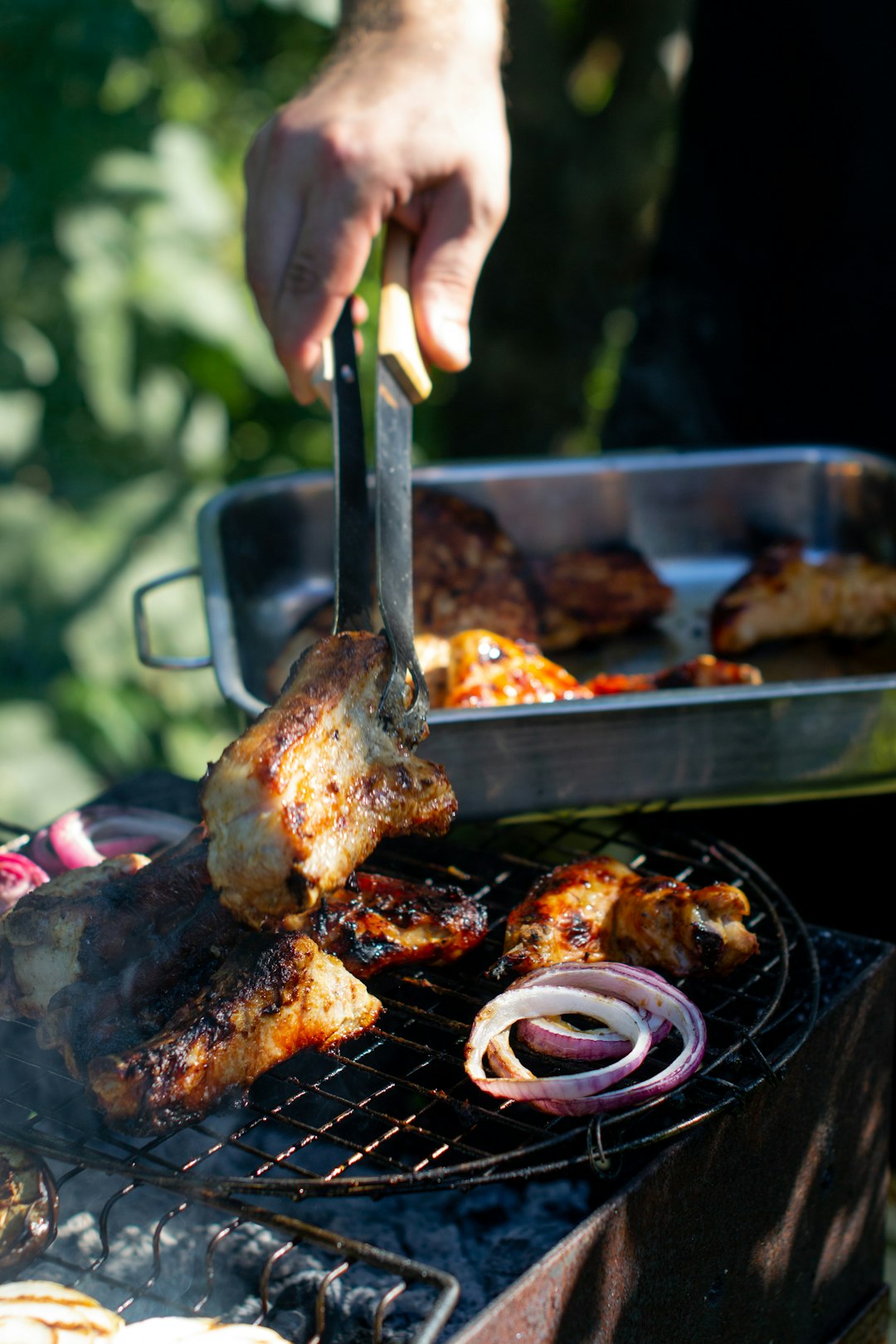
When it comes to BBQ spare ribs recipes, the right sauce can elevate the dish from good to great. Choosing the perfect BBQ sauce is a delicate balance between sweet and tangy flavors that complement the rich, tender meat of the ribs. A robust tomato base provides a tangy kick, while caramelized sugar or molasses adds a touch of sweetness, creating a harmonious blend that coats and tenderizes the ribs during the low-and-slow cooking process.
Consider experimenting with different types of BBQ sauces to find your preferred balance. Apple cider vinegar, mustard, and chili flakes can add depth and heat, while honey, brown sugar, or maple syrup bring a sweeter side. The ideal sauce should not only enhance the flavors but also help to create a crispy, caramelized exterior on the ribs without drying them out, ensuring a mouthwatering BBQ spare ribs recipe every time.
Mastery of Indirect Heat: The Secret to Tender Ribs
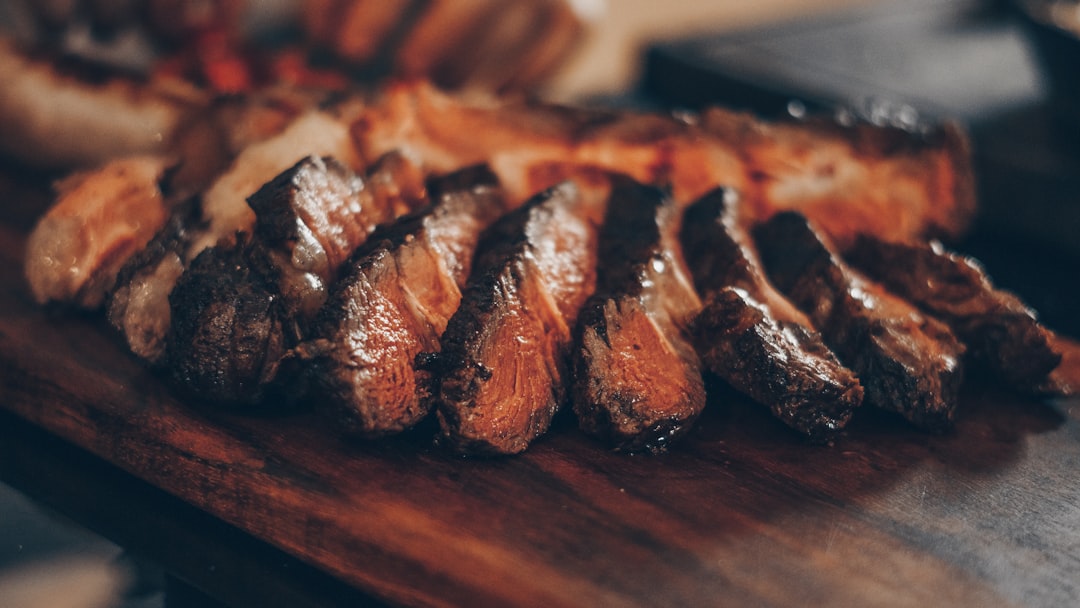
Mastery of Indirect Heat: The Secret to Tender Ribs
In the world of BBQ, spare ribs are a true test of skill and patience. The secret to achieving tender, mouthwatering ribs lies in understanding and mastering indirect heat cooking. Unlike direct heat, which can quickly char and burn the exterior, indirect heat ensures slow, even cooking that breaks down tough collagen fibers, transforming them into delectable, melt-in-your-mouth meat. This method is a game-changer for BBQ enthusiasts looking to create the perfect ribs.
A successful bbq spare ribs recipe relies on maintaining a consistent temperature below 250°F (121°C). This low and slow approach allows the ribs to cook evenly, resulting in a tender, juicy interior and a slightly caramelized exterior. By controlling the heat and using a simple dry rub or moistening sauce, you can craft ribs that are nothing short of sublime. So, embrace the art of indirect heat and prepare to indulge in a culinary masterpiece.
Smoking Techniques: Adding Depth to Your BBQ Ribs
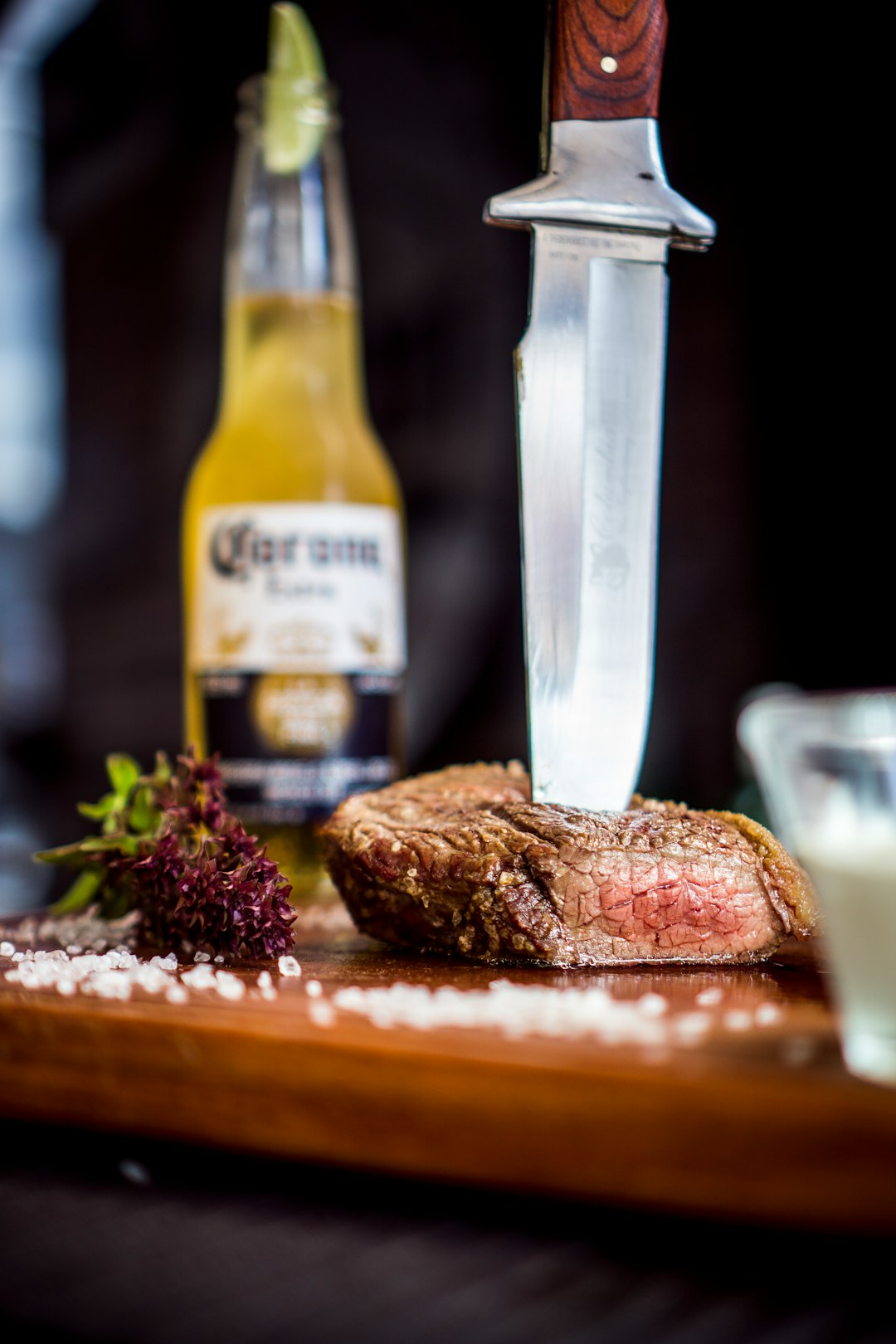
When it comes to crafting the perfect BBQ spare ribs recipe, smoking techniques are an art in themselves. The low-and-slow method is a classic for a reason—it allows flavors to penetrate deep into the meat, resulting in tender, succulent ribs. To take your ribs to the next level, consider incorporating various smoking techniques. Different woods offer distinct profiles; hickory and oak impart a robust, smoky flavor, while applewood provides a milder, sweeter aroma. Experiment with different combinations or even infuse your wood chips with herbs for a unique twist on traditional BBQ spare ribs recipe.
Additionally, maintaining a consistent temperature is key. Whether you’re using a smoker or a grill set to low heat, steady warmth ensures slow, even cooking. This process not only tenderizes the ribs but also encourages the formation of a delicious crust. Remember, patience is paramount; allowing your ribs to cook slowly over low heat means they’ll reach that perfect balance of juicy interior and crispy exterior that makes them so irresistible.
Timing and Resting: Ensuring the Best Possible Results
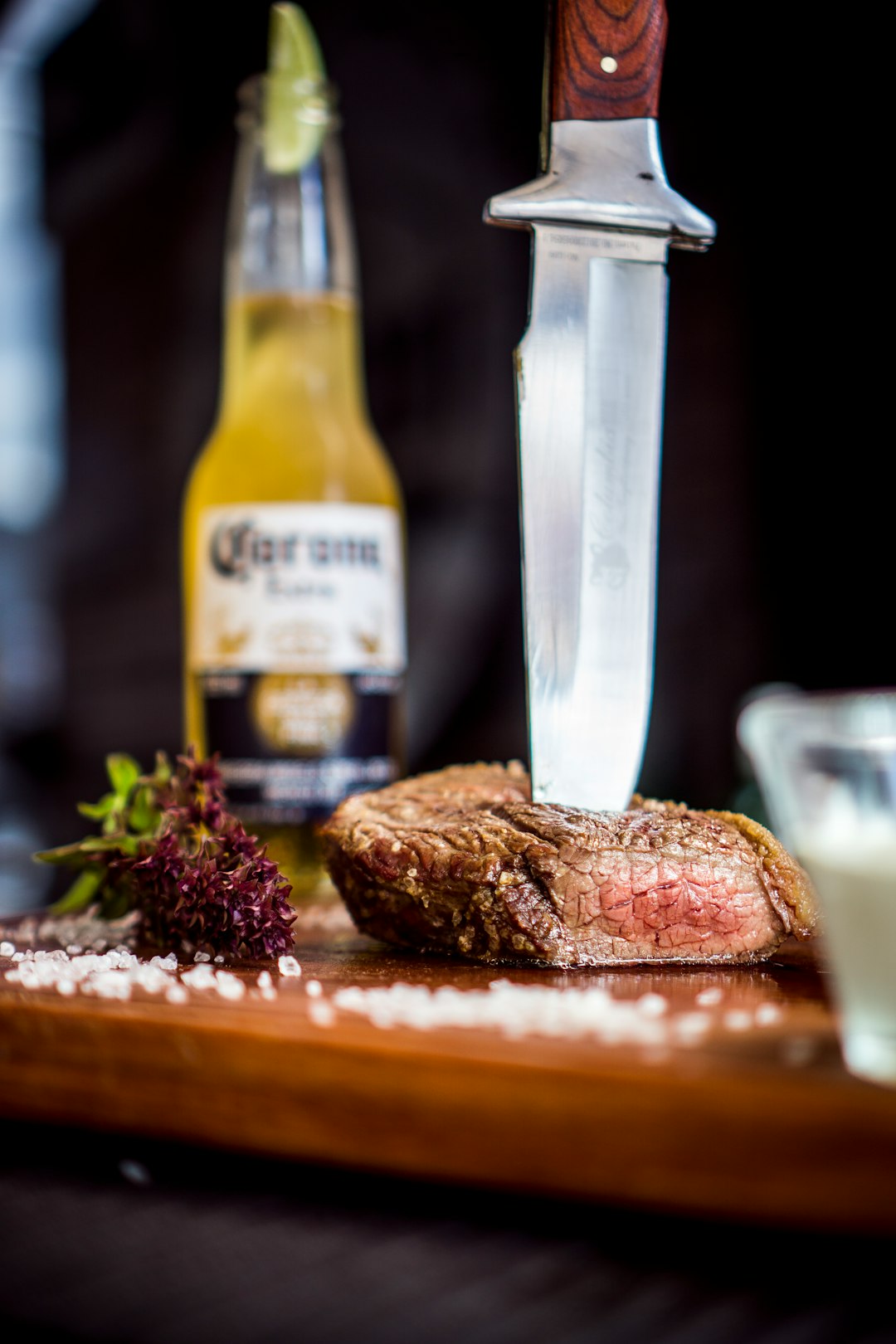
Timing and resting are crucial aspects of achieving perfectly cooked BBQ spare ribs in a low-and-slow method. The slow cooking process allows for collagen to break down, making the ribs tender and juicy. This transformation typically takes several hours, depending on the size of the ribs and your desired level of doneness. A good rule of thumb is to plan for around 3–4 hours for half a slab of ribs at 225°F (107°C).
After cooking, it’s essential to let the ribs rest before slicing. This resting period allows the juices to redistribute throughout the meat, ensuring each bite is packed with flavor. During this time, the internal temperature of the ribs will continue to rise slightly, securing that delicious, melt-in-your-mouth texture. As a general guideline, let your ribs rest for at least 15-20 minutes before slicing them into individual pieces. This simple step can significantly enhance the overall dining experience when enjoying your BBQ spare ribs recipe.
Pairing Suggestions: Sides to Compliment Your Succulent Ribs
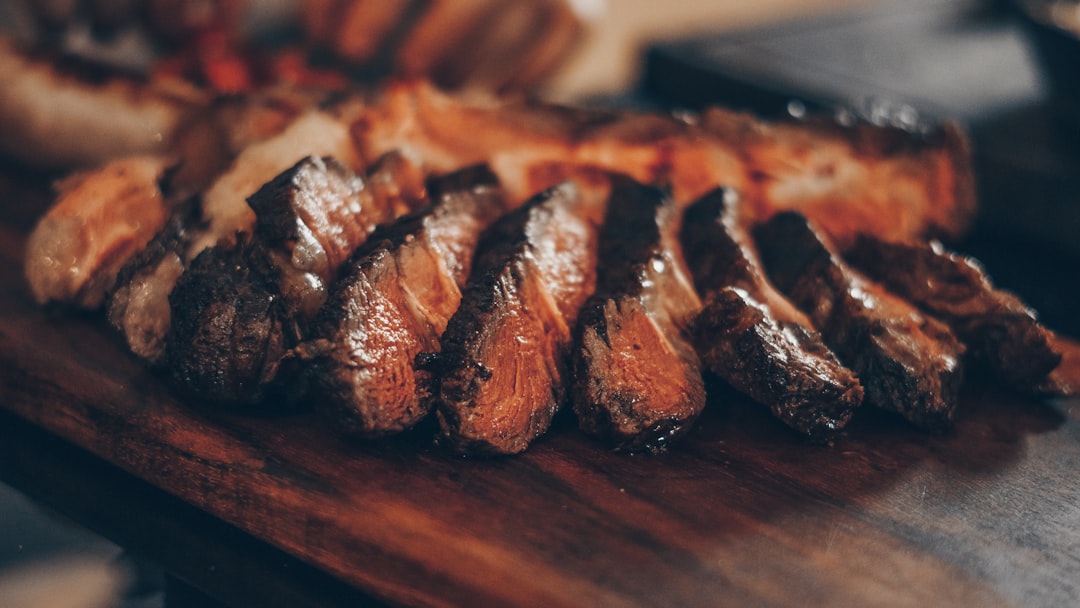
When it comes to complementing your succulent, low-and-slow cooked BBQ spare ribs recipe, the key is to choose sides that enhance and don’t overpower the star of the show. Consider classic barbecue favorites like coleslaw for a refreshing crunch and a pop of acidity. Cornbread, either as a side or as a stuffing within the ribs themselves, adds a sweet, crumbly texture that balances the rich, savory flavors of the meat. Baked beans, another staple at any BBQ joint, provide a hearty, slightly sweet sauce that complements the smoky, tender ribs perfectly.
For a more robust pairing, opt for roasted vegetables like Brussel sprouts or carrots, or grilled summer squash and zucchini. These offer a vibrant contrast to the deep, rich flavors of your slow-cooked BBQ spare ribs recipe. Don’t forget about comforting options like macaroni and cheese or mashed potatoes either—they’re classic sides that pair well with almost any rib dish.
